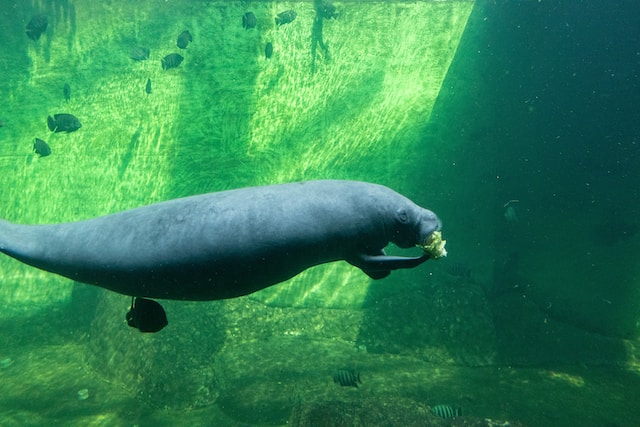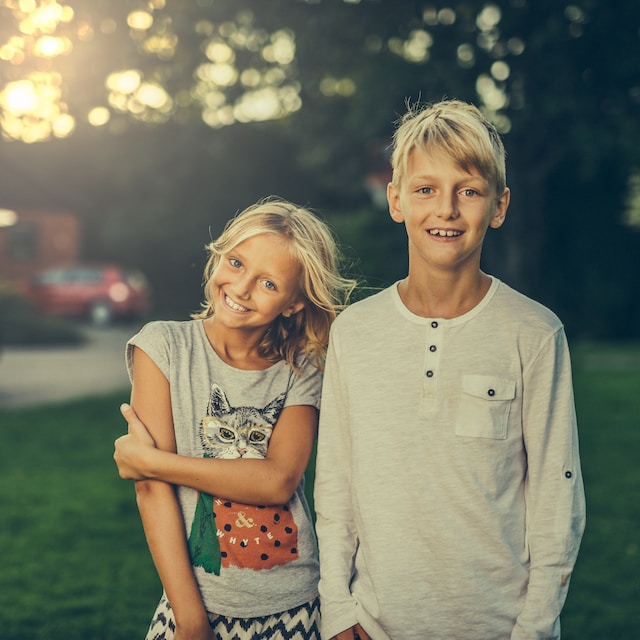Introduction: The COVID-19 pandemic has had a profound impact on human societies worldwide, but it has also triggered unexpected changes in the animal kingdom. With reduced human activity and travel restrictions, various wildlife populations have experienced remarkable transformations. In this article, we will explore how COVID-19 has influenced the animal kingdom, leading to unique wildlife booms in different parts of the world.
- Reduced Human Disturbance: The implementation of lockdowns and travel restrictions significantly reduced human activity in many areas. With fewer people venturing into natural habitats, wildlife found themselves facing less disturbance and interference. This decrease in human presence allowed for undisturbed breeding, foraging, and migration patterns, resulting in increased populations and thriving ecosystems.
- Wildlife Encounters in Urban Areas: As urban areas emptied due to lockdown measures, wildlife started venturing into cities and suburban neighborhoods. With fewer vehicles and human crowds, animals like deer, foxes, and even large mammals such as bears and mountain lions were spotted in urban environments. These unexpected encounters served as a reminder of the resilience and adaptability of wildlife in the face of changing circumstances.
- Breeding Success and Population Growth: The reduced human disturbance during the pandemic provided wildlife with an opportunity for successful breeding and population growth. With fewer disturbances to nests and habitats, bird populations thrived, resulting in increased bird song and activity. Marine animals, such as sea turtles, benefited from reduced human interference on nesting beaches, leading to higher survival rates for hatchlings. Similarly, mammals like wolves, deer, and various small mammal species experienced population booms due to reduced hunting and habitat disturbance.
- Return of Endangered Species: In some regions, the absence of human activities led to the return of endangered species to areas they had previously abandoned. For example, in certain parts of the world, sightings of critically endangered species like the Himalayan black bear and the Indian rhinoceros increased during the pandemic. The reduced human presence and conservation efforts played a crucial role in creating a more favorable environment for these species to thrive.
- Reclamation of Urban Spaces by Wildlife: With human activities on hold, wildlife began reclaiming urban spaces. Parks, gardens, and even vacant lots became havens for animals searching for food and shelter. Urban-dwelling species such as raccoons, squirrels, and birds expanded their territories, exploring areas typically dominated by human presence. This phenomenon highlighted the adaptability of wildlife and their ability to coexist with human environments when given the chance.
- Ecological Balance: The changes observed in the animal kingdom during the pandemic underscored the delicate balance of ecosystems. The temporary reprieve from human activities offered an opportunity for nature to restore ecological balance. Animal behaviors and population dynamics were able to return to their natural rhythms, with implications for biodiversity and overall ecosystem health.
- Lessons for Conservation and Coexistence: The unexpected wildlife boom during the pandemic serves as a valuable lesson for conservation efforts and the importance of coexistence with wildlife. It highlights the need for sustainable practices, habitat preservation, and reduced human disturbances to ensure the long-term well-being of both wildlife and humans. Conservationists and policymakers can draw upon these experiences to inform future strategies that prioritize the protection of biodiversity and the restoration of ecosystems.
Conclusion: The COVID-19 pandemic brought about unforeseen changes in the animal kingdom, offering glimpses of wildlife thriving in the absence of human interference. The reduced human activity and travel restrictions created opportunities for breeding success, population growth, and the return of endangered species. The encounters between wildlife and humans in urban areas emphasized the resilience of wildlife and the potential for harmonious coexistence. As we navigate the post-pandemic world, it is crucial to reflect on these wildlife booms and integrate lessons learned into conservation efforts, fostering a more sustainable and balanced relationship between humans and the natural world.










